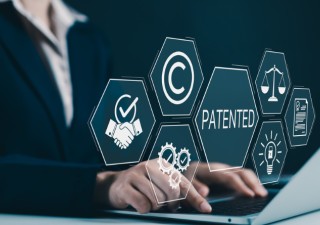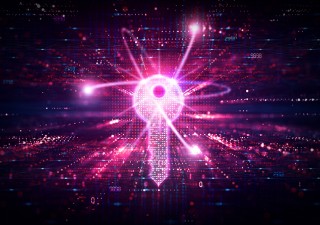“One of the benefits of using blockchain is that China’s courts have recognized the use of blockchain as a secure means for recording transactions and accepted such records as evidence. With reference to the Several Provisions of the Supreme People’s Court on Evidence in Civil Litigation issued in 2019, electronic data includes common forms of electronic data, such as webpages, mobile messages, e-mails and instant messages, and is also broadly defined to cover other information stored, processed and transmitted in digital format that is able to prove the facts of the case,” Liu says. “Further, according to Provisions of the Supreme People’s Court on Several Issues Concerning Internet Court Trials, blockchain together with electronic signature, trusted timestamps and hash values are provided as acceptable forms of electronic data provided that the authenticity of such data can be proven.”
“Copyright owners may consider using blockchain as an alternative means for evidencing ownership of copyright works as opposed to traditional methods, such as voluntary copyright registration and notarization,” he says. “If a digital method can be used to preserve evidence, it will hugely facilitate preservation of electronic data evidence.”
“That said, cryptographic technologies have certain properties that make the technology secure but not so accessible to ordinary users. Users should be aware that they must keep their keys and password in safe custody to protect their identities; otherwise, a possible downside is that frauds may be committed by impersonation or other techniques,” he adds. “Moreover, blockchain is a generic technology, and the quality of a blockchain is influenced by its implementation.”
“Blockchain technologies would be able to provide an immutable history of titles, which could be served as the proofs of title,” he reminds. “On the other hand, in tackling infringement, it is important to have a means to identify infringers. The challenge for enforcing against online copyright infringements is the sheer size of the networks, and infringement can take place virtually anywhere. In the digital world, it is relatively straightforward to identify exact digital copies of copyright works. There is a strong need to have a method to locate similar copies of works effectively. The issue is complicated by derivative works. There are technologies specially developed to identify similar copies of copyright works, e.g. copied sound tracks, altered images and videos. With the advances in computer and AI technologies, there have been various successes in this regard.”
“Blockchain can bring in technologies, such as smart contracts, that would facilitate licensing and payment of royalties to the creators. Such mechanisms are still being experimented in the community. An example is royalty payment mechanism for NFTs (non-fungible tokens) on arts. With smart contracts, it is possible to implement a mechanism that the creator or first owner of a NFT is rewarded every time a transaction made on the token,” he concludes. “My view is that the potential with blockchain, AI and new technologies is beyond imagination, and it will remain as the trend of development in this digital economy.”
Johnny Chan








